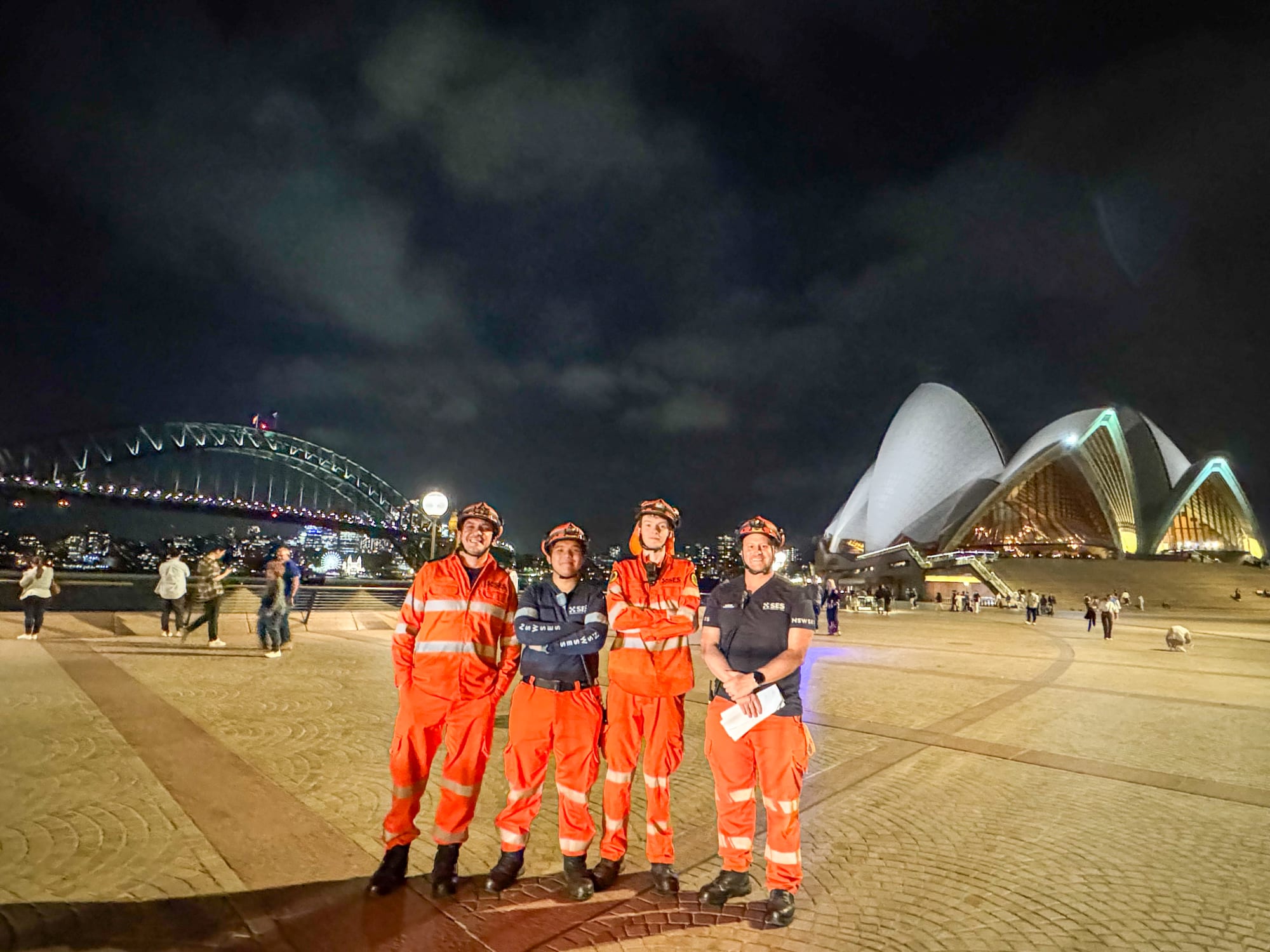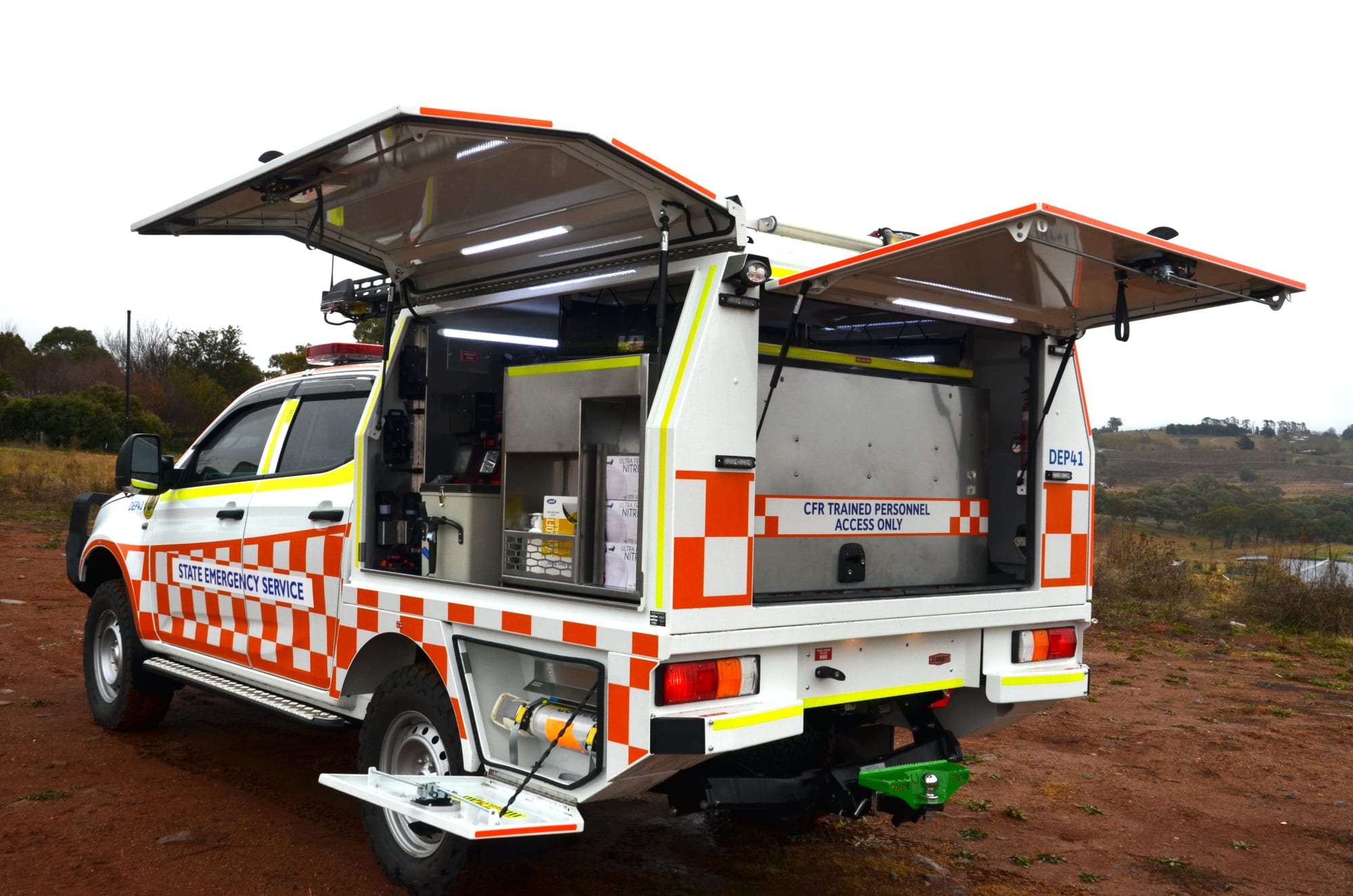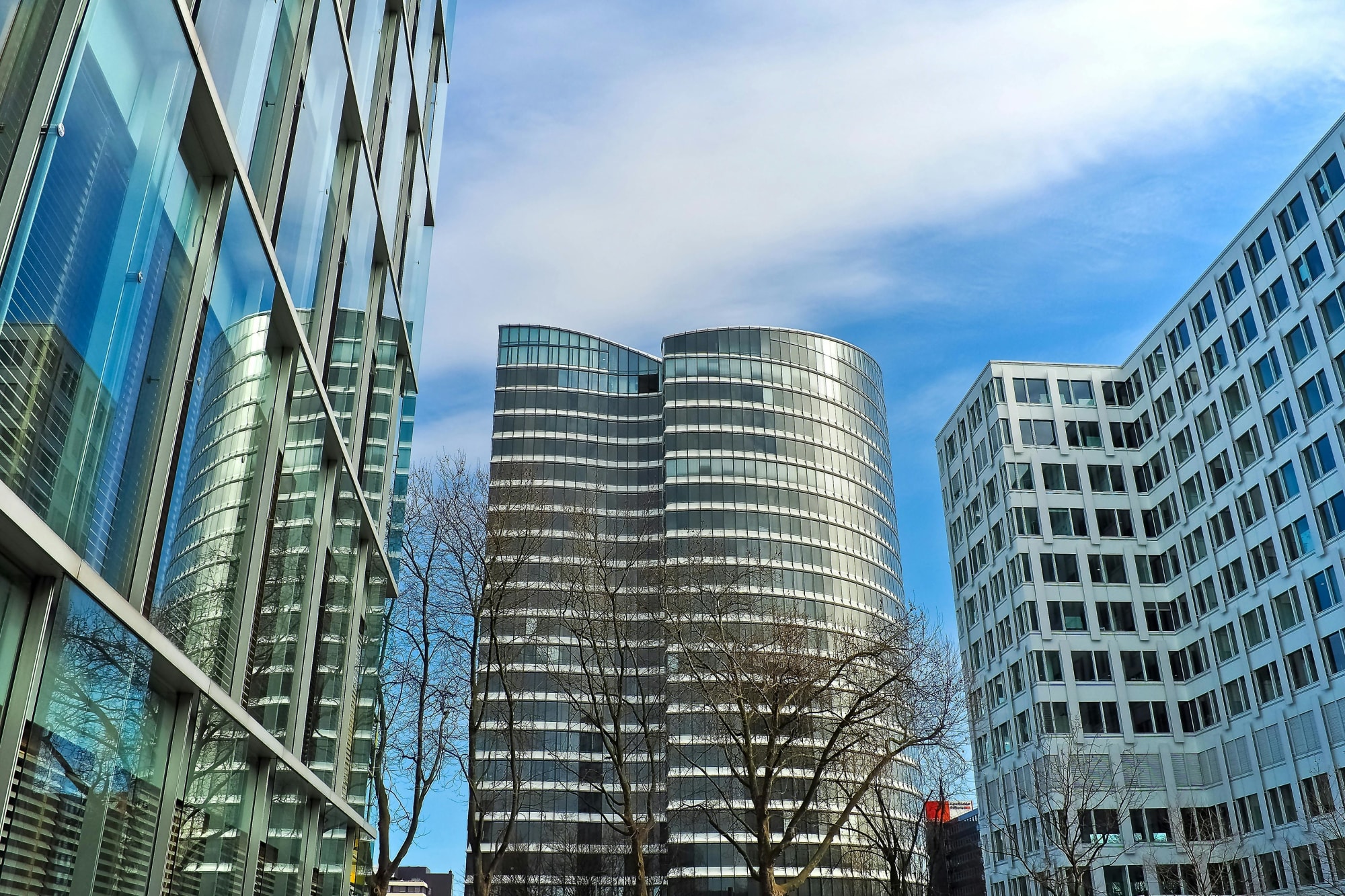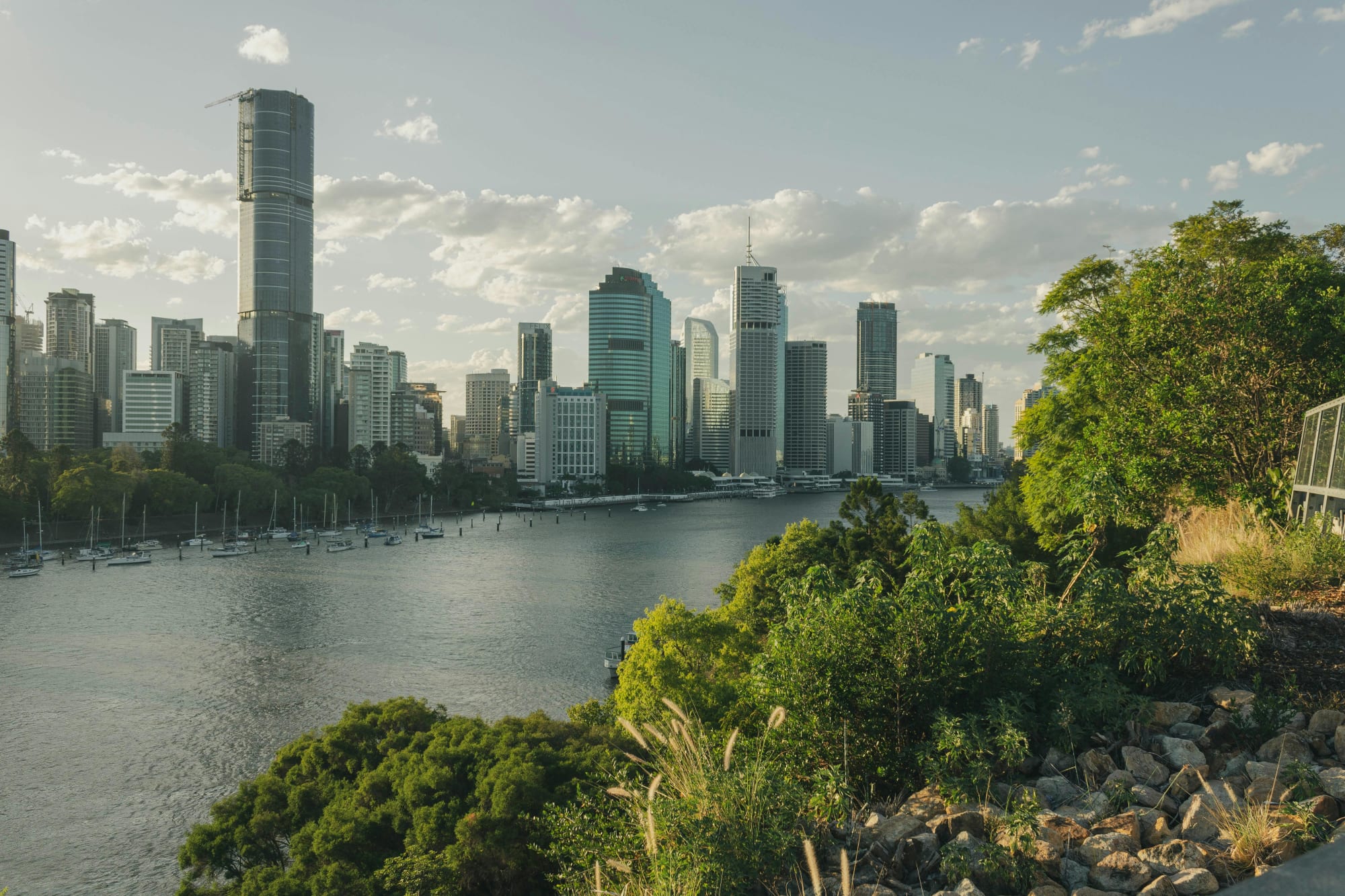Invest
Airports grow as passengers dwindle
Despite setbacks from lower numbers of passengers and weak car park figures, east coast airports have set record profits, based on national figures.
Airports grow as passengers dwindle
Despite setbacks from lower numbers of passengers and weak car park figures, east coast airports have set record profits, based on national figures.

Brisbane, Melbourne, Perth and Sydney collectively earned $863.5 million in operating profits from aeronautical activities in 2018-19, up 3.6 per cent.
“Despite weaker growth in the number of passengers flying in 2018-19, together the four largest airports have managed to report record profits from aeronautical activities,” ACCC chair Rod Sims said.
“Australia’s four major airports have collectively increased their aeronautical profit almost every year over the 17-year lifespan of the ACCC’s monitoring. This may illustrate the benefit of being a monopoly,” Mr Sims continued.
Sydney Airport’s return on aeronautical assets was its highest since the monitoring regime began, rising to a return of 12.5 per cent, while returns for the other three airports fell.

Last week, the publicly traded Sydney airport reported earnings before interest tax depreciation and amortisation of $1.33 billion, up 4 per cent.
At Perth Airport, the operating profit from aeronautical operations fell by 19.2 per cent in 2018-19 to $75.7 million due to lower charges to airlines and higher costs associated with taking back operational control of its domestic terminal T4 from Qantas.
The ACCC also noted the profitability in car parking revenue continues to fall for all four airports as consumers continue to look for cheaper alternatives to get to and from the major airports.
The airports collectively earned $276.1 million in operating profit from car parking in 2018-19, down 2.5 per cent. Both Sydney and Melbourne airports earned lower profits than the previous financial year; however, Brisbane and Perth airports’ profits increased.
“While Melbourne Airport has reduced its car parking prices, and profits generally have fallen, the airports are still earning very high profit margins from car parking,” Mr Sims said.
Sydney and Brisbane airports were typically the more expensive airports for short-term parking near the terminals, while Sydney and Perth were generally the more expensive airports for long-term parking away from the terminals. Parking prices generally increased in 2018-19 at Brisbane Airport, while they continued their downward trend at Melbourne Airport.
About the author

About the author


Economy
Australia’s softening labour market puts another RBA cut in play — here’s what business should do now
A four-year high in unemployment has revived expectations the Reserve Bank could deliver another rate cut as soon as November. With quarterly GDP growth running at 0.6 per cent and annual growth at ...Read more

Economy
Rising CPI reinforces RBA’s stance as rate cut expectations remain: State Street
State Street Global Advisors says the Reserve Bank of Australia (RBA) is likely to hold its current policy outlook following the release of September quarter inflation data, which showed an unexpected ...Read more

Economy
NSW SES boosts tsunami preparedness ahead of World Tsunami Awareness Day
As World Tsunami Awareness Day approaches on 5 November, the New South Wales State Emergency Service (NSW SES) is ramping up efforts to enhance tsunami preparedness along the east coastRead more

Economy
Lifesaving Regional Response Strengthened with New NSW SES Vehicles
In a significant boost to regional emergency services, the NSW State Emergency Service (SES) has unveiled 11 new Community First Response (CFR) vehicles, designed to enhance the speed and safety of ...Read more

Economy
Australia's June quarter GDP growth driven by consumer and government spending
Australia's economy has shown unexpected resilience in the June 2025 quarter, with household and government consumption driving growth despite a significant decline in public investmentRead more

Economy
Australia's GDP surprise is real but operators should heed the growth mix warning light
Australia’s June-quarter growth beat expectations on the strength of household consumption and government spending, even as public investment sagged. The upside surprise signals resilience, but the ...Read more

Economy
Households carried the quarter: what Australia’s upside GDP surprise means for strategy now
Australia’s economy expanded faster than expected in the June 2025 quarter, with GDP up 0.6 per cent quarter-on-quarter and 1.8 per cent year-on-year — the strongest pace in two years. The kicker ...Read more

Economy
Inflation dynamics in Australia: Electricity subsidies and labour market in focus
In a recent economic analysis, experts from State Street have highlighted significant developments in Australia's inflation landscape, attributing the changes primarily to the withdrawal of ...Read more

Economy
Australia’s softening labour market puts another RBA cut in play — here’s what business should do now
A four-year high in unemployment has revived expectations the Reserve Bank could deliver another rate cut as soon as November. With quarterly GDP growth running at 0.6 per cent and annual growth at ...Read more

Economy
Rising CPI reinforces RBA’s stance as rate cut expectations remain: State Street
State Street Global Advisors says the Reserve Bank of Australia (RBA) is likely to hold its current policy outlook following the release of September quarter inflation data, which showed an unexpected ...Read more

Economy
NSW SES boosts tsunami preparedness ahead of World Tsunami Awareness Day
As World Tsunami Awareness Day approaches on 5 November, the New South Wales State Emergency Service (NSW SES) is ramping up efforts to enhance tsunami preparedness along the east coastRead more

Economy
Lifesaving Regional Response Strengthened with New NSW SES Vehicles
In a significant boost to regional emergency services, the NSW State Emergency Service (SES) has unveiled 11 new Community First Response (CFR) vehicles, designed to enhance the speed and safety of ...Read more

Economy
Australia's June quarter GDP growth driven by consumer and government spending
Australia's economy has shown unexpected resilience in the June 2025 quarter, with household and government consumption driving growth despite a significant decline in public investmentRead more

Economy
Australia's GDP surprise is real but operators should heed the growth mix warning light
Australia’s June-quarter growth beat expectations on the strength of household consumption and government spending, even as public investment sagged. The upside surprise signals resilience, but the ...Read more

Economy
Households carried the quarter: what Australia’s upside GDP surprise means for strategy now
Australia’s economy expanded faster than expected in the June 2025 quarter, with GDP up 0.6 per cent quarter-on-quarter and 1.8 per cent year-on-year — the strongest pace in two years. The kicker ...Read more

Economy
Inflation dynamics in Australia: Electricity subsidies and labour market in focus
In a recent economic analysis, experts from State Street have highlighted significant developments in Australia's inflation landscape, attributing the changes primarily to the withdrawal of ...Read more








